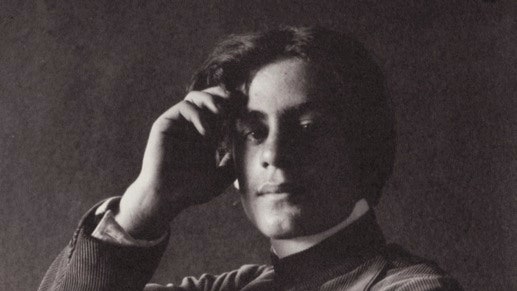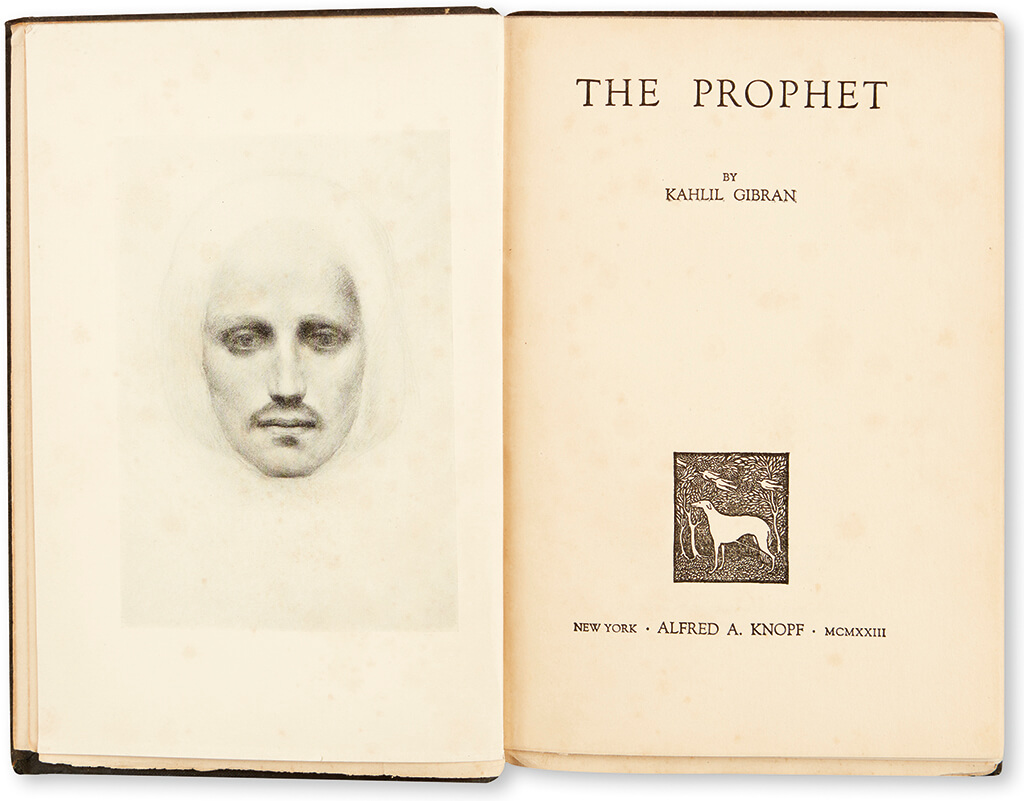 The Gibran Museum
The Gibran Museum


The Gibran Museum located in the former Monastery of Mar Sarkis in Bsharri must be one of Lebanon’s most inspiring places. This biographical museum pays homage to the great Lebanese poet, writer and artist Gibran Khalil Gibran (1883-1931), the author of The Prophet (1923), arguably his best known book – it has been translated into over 100 languages – The Madman (1918), The Earth Gods (1931) amongst other ravishing works. The museum is a unique establishment in the milieu of Lebanese museography, preserving the legacy of Gibran eloquently, maintaining a special ethos that invites visitors to consider what is meaningful and valuable for them.


Gibran was born in Bsharri, then Ottoman-ruled village of Mount Lebanon, in 1883 to a Maronite family. In 1895, the young Gibran immigrated to the United States with his mother and three siblings, Mariana, Sultaneh and Boutros. Gibran’s mother worked as a seamstress and enrolled Gibran to a school in Boston, where his talents were quickly noticed. At the age of fifteen, Gibran was sent back to Lebanon and he began his studies at the Collège de la Sagesse in Beirut. The beginning of the new century was met with immense grief in the family: after the death of his youngest sister, Sultaneh, in 1902, Gibran returned to Boston. The following year, his older half-brother and mother passed away, too. Although Gibran was grieving, his career took off during the very same years. In 1904, he exhibited for the first time at Day’s Studio. The following year, his first book in Arabic, A Profile of the Art of Music, was published in New York. With the aid of a newly met benefactress, Mary Haskell, Gibran moved to Paris, where he studied art from 1908 to 1910 at the Académie Julian, where he joined the atelier of Jean-Paul Laurens. During his stay in Paris, the artist exhibited in the Société nationale des beaux-arts and briefly studied with the sculptor Auguste Rodin. In 1911, Gibran decided to settle in New York, where his first English book, The Madman, would be published in 1918. At the time, his masterpiece, The Prophet, was in the making. The artist exhibited in different galleries around the city, and wrote a lot. The 1920s were an eventful decade for Gibran, as he continued to publish several books, including The New and the Marvelous (1923), The Prophet (1923) and Sand and Foam (1926). Gibran published his last book, The Earth Gods, in 1931, less than a month before his death on April 10, 1931. His wish was to be buried in Lebanon, where his body reached in August. In the meanwhile, his family was finalising the purchase of the Mar Sarkis Monastery, which was to become Gibran’s final resting place.


Gibran had expressed the desire of purchasing the Monastery of Mar Sarkis already in 1926 and to turn it into his retreat and burial place. The monastery was an old cavern, where hermits had sought refuge since the 7th century. In the 17th century, the people of Bsharri offered the existing building to the Carmelite Fathers, who were living in the Qadisha Valley with the Monks of Saint Elisha. The Carmelite Fathers relocated to Bsharri. The existing monastery was finalised in 1862. After Gibran’s death, the family bought the monastery and opened it as a museum in 1935.


The Gibran Museum houses the world’s largest collection of Gibran’s artworks, over 400 paintings and drawings. Along with his tomb, the museum also includes Gibran’s furniture and other personal belongings from his New York studio as well as numerous manuscripts. The museum has been expanded so far twice in 1975 and 1995. The museum is a fantastic place to delve deeper into Gibran’s artistic practice, which combines elements from two significant late 19th-century art movements; Aestheticism and Symbolism. As the fellow aestheticians, Gibran sought beauty everywhere – the seeking of beauty and poetry was an antidote for the rampant materialism around him. Similar to the symbolists, he also aimed to present personal and often spiritual feelings in the visual form. His oeuvre is characterised by a quest for humanity’s eternal truths – a theme that also connects his literary ventures and artworks.




 The Gibran Museum
The Gibran Museum 
